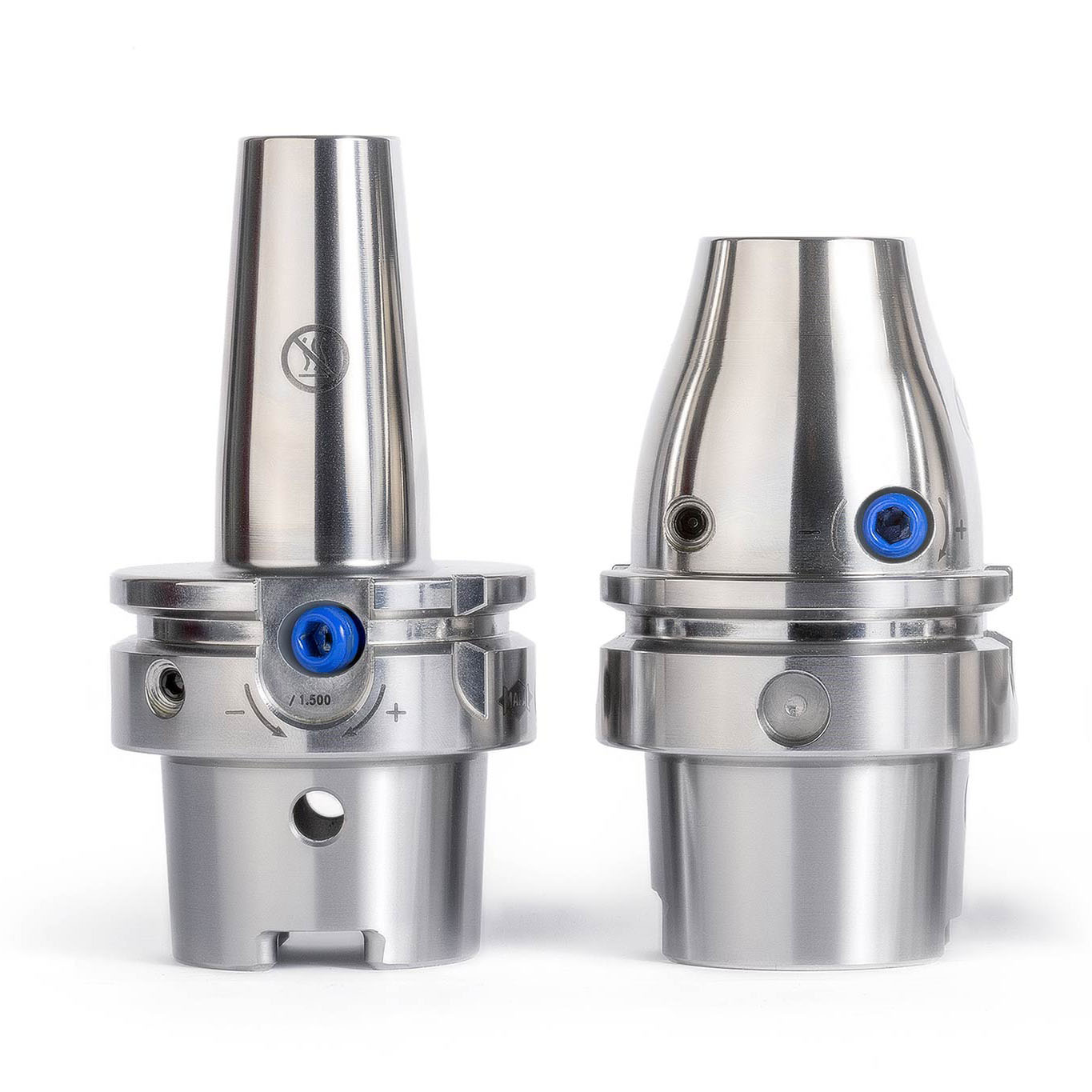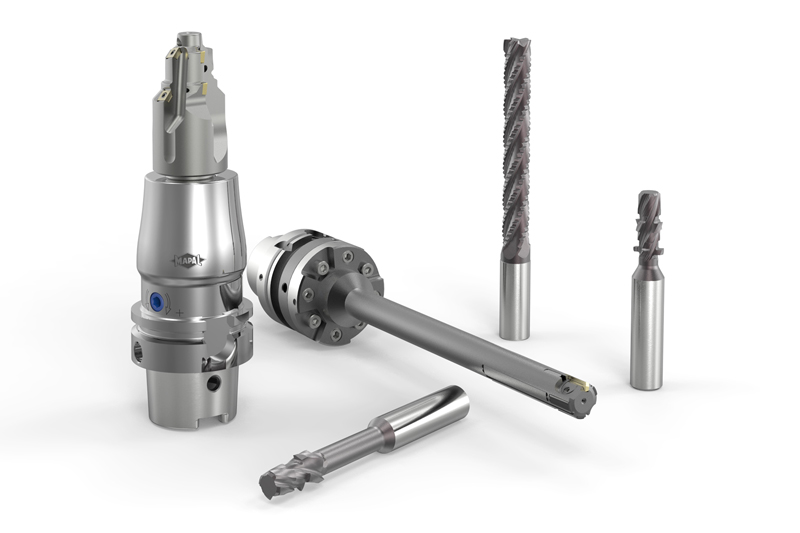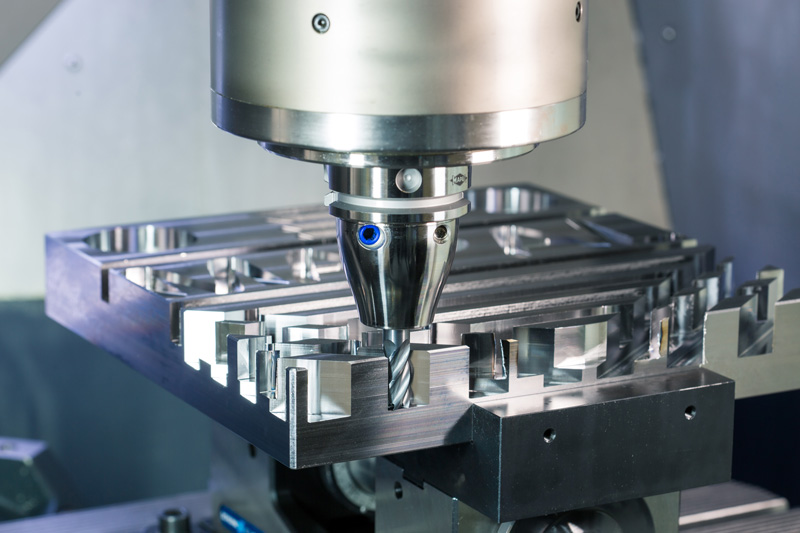29.05.2024
Machining titanium economically
Holistic process understanding for optimum machining results
Machining titanium is fundamentally different from machining cast iron or steel. For economic results, tool technology and the process must be optimally designed. With its holistic understanding of the overall correlations when machining titanium, MAPAL is able to identify the optimum combination of precision and cost-effectiveness.
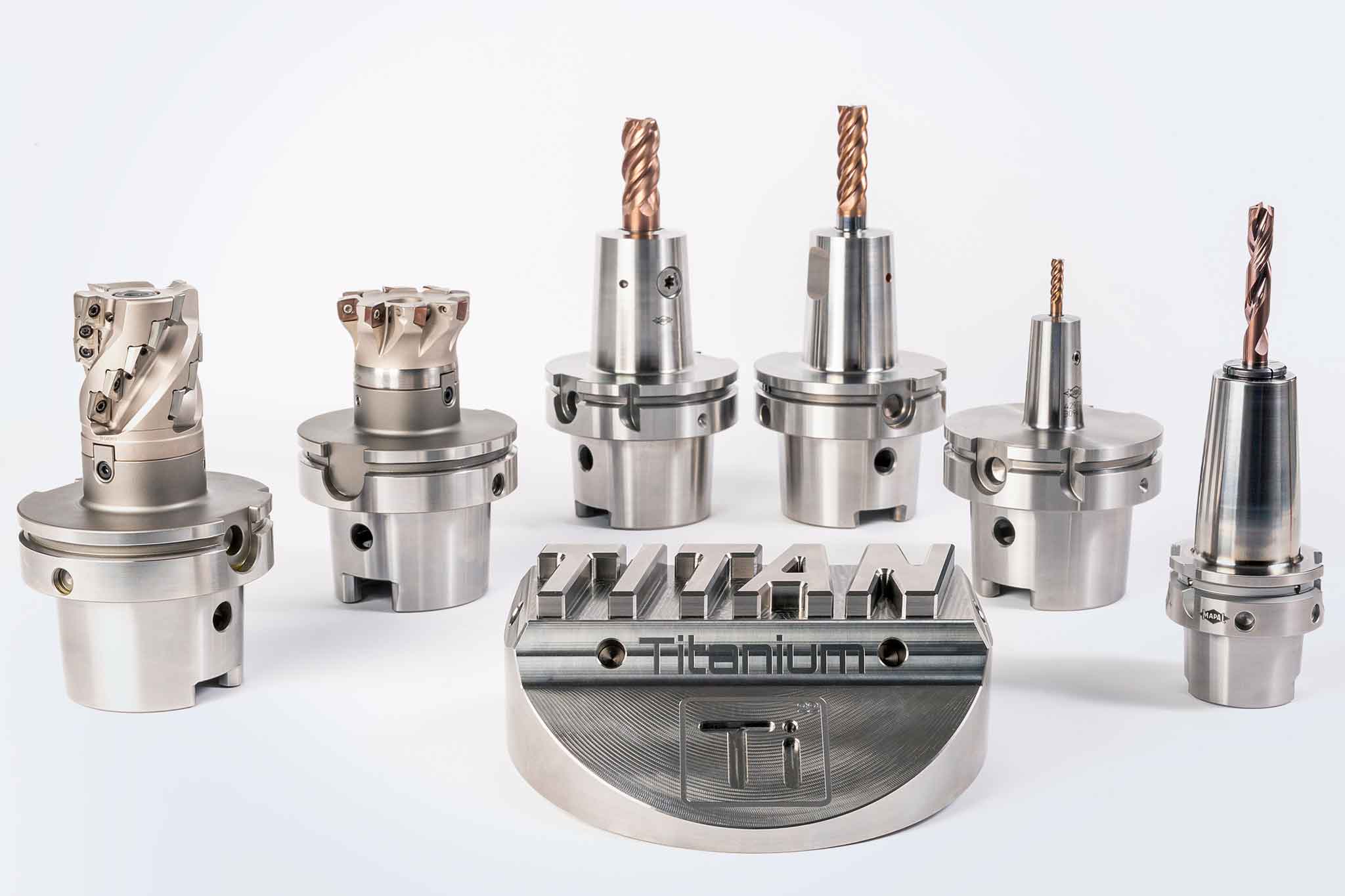
Influence of the cutting speed on wear and tear

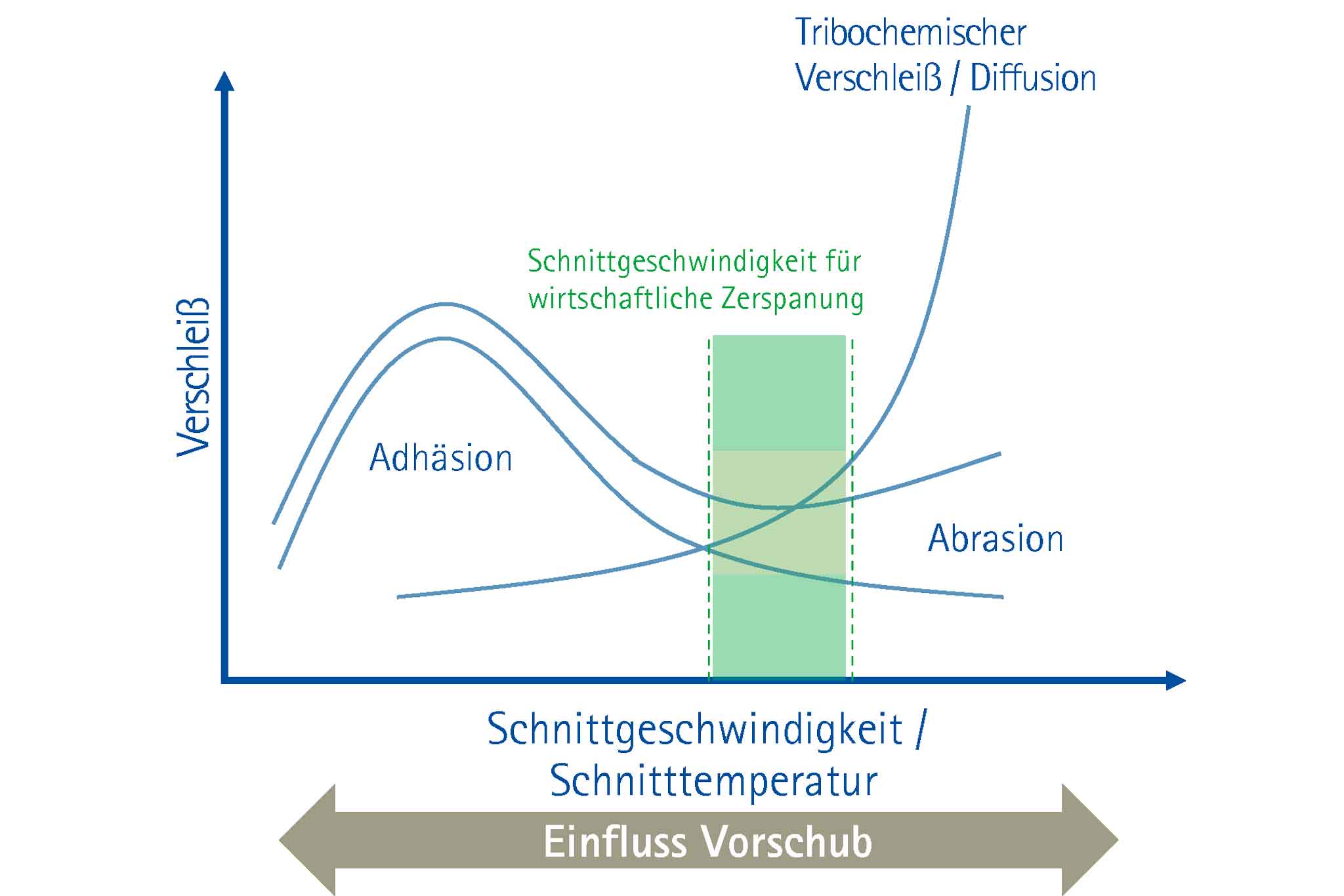

Schneller führt nicht zu geringeren Kosten pro Bauteil
Bei der Bearbeitung von Stahl und Guss stehen höhere Schnittgeschwindigkeiten vielfach für höhere Produktivität und niedrigere Gesamtkosten, die sich aus Maschinenkosten und Schneidstoffkosten zusammensetzen. Die Maschinenkosten werden immer geringer, je schneller und effizienter die Maschine bearbeitet. Dabei steigen zwar die Schneidstoffkosten an, ein Optimum der Gesamtkosten stellt sich trotzdem bei einer relativ hohen Schnittgeschwindigkeit ein. Bei Titan hingegen sind höhere Schnittgeschwindigkeiten nicht zielführend. Tobias Gräupel, Technical Expert Indexable Tools bei MAPAL, belegt dies mit einer Wirtschaftlichkeitsberechnung, die die Schnittwerte von Titanbearbeitungen unter Kostengesichtspunkten optimiert. Betrachtet wird eine Fräsbearbeitung mit einem vierschneidigen NeoMill-Titan-2-Corner, der mit einer Schnitttiefe von 4 mm und einer Eingriffsbreite von 24 mm in TiAl6V4 zerspant. Die Untersuchung verschiedener Kombinationen von Vorschüben und Schnittgeschwindigkeiten führt zu einer eindeutigen Empfehlung, was die Arbeitswerte für Titanbearbeitungen angeht.
Zum Vergleich: Bei der Zerspanung eines Bauteils aus Stahl brachte die Verdoppelung der Schnittgeschwindigkeit von 200 m/min auf 400 m/min eine Gesamtkosteneinsparung pro Bauteil um 24 Prozent. In der Fertigung eines Werkstücks aus Titan hat die Steigerung der Schnittgeschwindigkeit von 32 m/min auf 50 m/min eine Kostensteigerung um 259 Prozent zur Folge. „Der Steigerung der Schnittgeschwindigkeit macht sich in den Gesamtkosten deutlich bemerkbar. Die Kosten explodieren regelrecht“, kommentiert Gräupel das Ergebnis. Das Kostenoptimum erreicht eine Bearbeitung mit hohen Vorschüben und niedrigen Schnittgeschwindigkeiten. Würde man hingegen zu den hohen Vorschüben auch die Schnittgeschwindigkeiten maximieren, ergäben sich mehr als vier Mal so hohe Kosten.
„Speziell bei größeren Losgrößen sind solche Wirtschaftlichkeitsberechnungen unerlässlich“, unterstreicht Gräupel. Schließlich sind bei der Fertigung großer Stückzahlen die Gesamtkosten maßgeblich für Investitionsentscheidungen. Unwirtschaftliche Schnittparameter lassen in Titan die Gesamtkosten explodieren, erst die Kombination von innovativer Werkzeugtechnologie und optimaler Prozessauslegung führt zu einem perfekten Ergebnis. Mit diesem Know-how unterstützen die technischen Berater von MAPAL die Fertigungsverantwortlichen, um unabhängig von Bearbeitung und Produktionslosgröße das Optimum zu erzielen.

Kontakt
Kathrin Rehor Public Relations Kathrin.Rehor@mapal.com Tel.: +49 7361 585 3342
